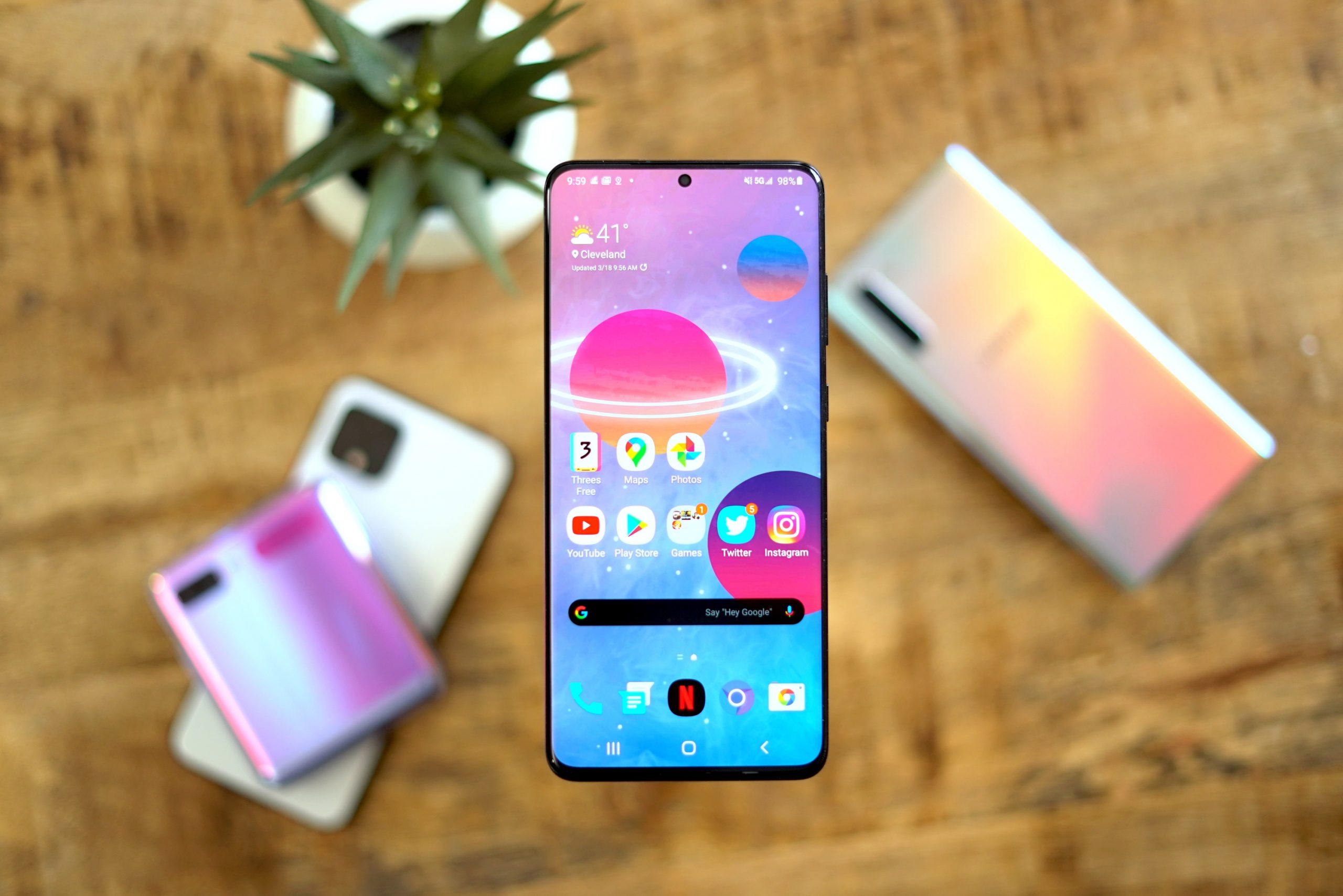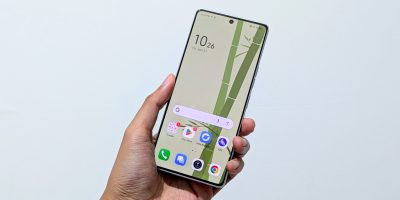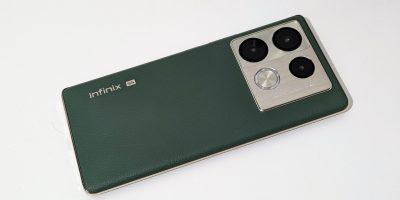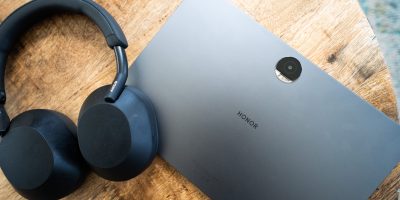I think we can all agree that 2020 has been an odd year. The pandemic has dramatically changed what we’re all doing on a daily basis, there’s no denying that, but smartphone manufacturers have also shifted their approach in the devices they’ve been delivering to us.
There are dozens of different examples we could give to show how the market has shifted, but none of them are as obvious as the new Pixel lineup from Google. As we’ve seen in years past, Google has given us two phones to choose from, but the new Pixel 5 isn’t a true flagship and the Pixel 4a 5G is as confusing as the name implies.
I’ve said this a few times already: the Pixel 4a 5G should really be called the Pixel 5 Lite. Based on its specs, it’s not a 5G variant of the delightful Pixel 4a that launched a few months back. The Pixel 4a 5G is simply a cheaper variant of the Pixel 5 with a few tweaks that allow Google to sell the phone for $200 less.
The best way to show you the similarities and differences between these two phones is to show you their specs and features side-by-side.
Display
Google was able to get the Pixel 4a 5G down to $500 by using a cheaper display. While the panel used on the phone is slightly larger than that of the Pixel 5, it’s limited to 60Hz as opposed to the 90Hz refresh rate of the Pixel 5’s display. In 2020, we’ve been talking about 90Hz and 120Hz displays since it’s the new go-to feature for high-end devices. If you’re the type of person who can notice the difference, this improvement could be significant for you. That being said, most people I’ve shown these two phones can’t. The only time I can truly spot the improvement is when scrolling through content on Twitter, Chrome, or the phone’s settings menu with text flowing slightly smoother on the Pixel 5. But I’ve never once noticed an improvement while gaming.
Some people will point out that the bezels around the display on the Pixel 4a 5G are slightly thicker than those on the Pixel 5, but we’re talking about less than a millimeter, and in my book, that difference isn’t something anyone should consider.
The displays on both phones are decent AMOLED panels featuring decent viewing angles, but they’re not anything special when compared to displays that we’ve seen this year on devices selling within the $800-$900 range.
Design
The Pixel 4a 5G also doesn’t come with an official IP dust and water resistance rating, while the Pixel 5 is rated at IP68. If you find yourself in or around water on a regular basis or if you simply like having the peace of mind that your phone will survive a drop in the pool or even the toilet, the Pixel 5 may be worth that extra $200 investment.
But along with that added security, the Pixel 5 also has a dramatically different build, though you can’t really tell just by looking at the two phones. Like the pixel 4a, the 4a 5G sports a polycarbonate unibody shell with a soft-touch finish. It’s simple without any flare, but it should stand up quite well if you drop it, but most people will likely be slapping a case on the phone as soon as they get it. At first glance, the Pixel 5 (especially the black model) looks like it’s identical to Google’s other two 2020 devices, but the former HTC engineers managed to wrap the phone’s sides and back in a unibody aluminum shell which houses all of the phone’s antennas and then wrapped it in a poly-resin finish.
While it’s a bit disappointing that we don’t actually get to feel the metal of the phone, Google’s design team did this to hide the Pixel 5’s wireless charging coil which sits on top of the metal frame and covered by the polyresin finish on the outside. The inclusion of wireless charging is a feature exclusive to the Pixel 5 and is one of the other reasons why you might consider paying more for the phone over the 4a 5G. We’ve seen wireless charging on Pixel phones in the past, but this is the first time Google’s thrown in reverse wireless charging, allowing you to charge your Pixel Buds or even give a friend a bit of a power boost at the end of the days.
Audio
Surprisingly, the Pixel 4a 5G does have an advantage over the Pixel 5 and that’s with the phone’s audio features. Since the 4a 5G is positioned squarely as a mid-range device, that means it’s been blessed with a 3.5mm headphone jack. Like previous pixel smartphones, both of these devices have stereo speakers, the cheaper 4a 5G has the advantage since the design team chose to embed one of the speakers on the Pixel 5 below the display.
This decision was made to give the phone a seamless and symmetrical look, but the resulting sound is a dramatic step backward. You still get a faint stereo effect, but it’s nowhere near as good as the audio you get out of the 4a 5G. Fortunately, the under-display speaker works just fine for audio calls, but if stereo audio is a priority for you, the Pixel 5 isn’t going to deliver the experience we’ve gotten from other Pixel smartphones in the past.
Performance
The final difference that’s worth mentioning is actually quite significant. The Pixel 5 is the very first device from Google to sport 8GB of RAM, meaning that Pixel 4a 5G is stuck with 6GB of RAM. Google has always lagged behind its competitors when it comes to the amount of RAM available in its smartphones, but the company seems to have finally realized that people want at least 8GB when they’re paying $700 or more for a smartphone. The multitasking experience here is far better than anything we’ve ever seen on a Pixel device and comes really close to what we’re been experiencing on other flagship-tier smartphones for the past two years.
That’s not to say that the Pixel 4a 5G’s 6GB of RAM offers a bad multi-tasking experience. In my book, 6GB of RAM is the minimum you should look for on an Android device if you don’t want the constant frustration of the phone dumping apps from memory. It’ll still do that from time to time, but that’s perfectly acceptable when you’re only paying $500 for a device like this.
If you purchased a Pixel 4 last year, you’ll likely want to skip the Pixel 5, mainly because the snapdragon 765G is a noticeable downgrade in the performance department. Now, don’t get me wrong, this chipset is extremely capable and power-efficient, but it simply doesn’t have the overall speed and graphic processing power as the SD855 in last year’s Pixel 4.
Gaming on either of these phones is still a delight, allowing you to max our graphics settings on most games and I’ve never once noticed the phone feeling slow or sluggish.
Cameras
The one area in which these two phones outshine the Pixel 4 and many of their competitors is in taking photos. Google’s not going crazy this year with upgrading the phones with high-end sensors, but they have swapped out the 2x zoom camera on the back with a 16MP ultrawide camera, pairing that with the same 12MP camera we’ve seen on the previous 2 Pixel smartphones.
As you’d expect, the resulting images from the two rear cameras deliver that unique Pixel look, pulling in a lot of detail with accurate white balance, exposure and details in the shadows that typically get lost on other devices.
Google’s even added in portrait night shots, allowing the cameras to blur the background behind your subject while also allowing the computational photography algorithm to boost the overall brightness of the shot.
But while Google has typically focused on taking photos in the past, this year they’ve improved video capture by bumping things up to 4k/60fps and throwing in different video stabilization modes for capturing video of a subject that’s far away, if you’re moving a lot or if you want a cinematic pan. The results aren’t going to blow you away, but it’s at least nice to see google recognize the people record video with their phones as well.
On paper, the 8MP front-facing camera may seem a bit boring when other devices have 16 or even 32MP selfie cameras this year, but the results speak for themselves. The Pixel 4a 5G and Pixel 5 take incredible selfies and are far better than anything we’ve seen from the competition this year. As always, portrait shots from the selfie camera turn out great every single time and the new portrait night sight mode takes things to a whole new level.
The only disappointing thing is that you still only get 1080p videos from the front-facing camera which is a bit embarrassing.
Battery life
When it comes to battery life, the Pixel 5 does have a slight advantage over the Pixel 4a 5G. The phone’s 4080 mAh battery is 5% larger than the 3885 mAh cell inside the 4a 5G and that’s on top of the difference in screen size between these two. In testing, that did lead to a slight improvement in longevity from the Pixel 5, but both devices should last you 15-17 hours on a single charge with 6-7 hours of screen-on time.
That being said, it’s disappointing to see that Google’s still capping the phone’s charging speed at 18W. Given that the batteries of these two phones are larger than what Google delivered last year, you’ll now need 90-100 minutes to fully charge their batteries. When you consider that the new OnePlus 8T can charge its 4500 mAh battery in 39 minutes, the Pixel 4a and Pixel 5’s charging speeds are downright embarrassing.
Final thoughts
There’s no denying that the Pixel 5 is an oddball in 2020. It’s not a flagship smartphone and its $700 price tag reflects that, but there are quite a few other devices in the $700 range that offer better specs and arguably a more enjoyable experience. At the end of the day, the Pixel 5 is the smartphone for those who simply want that Pixel camera experience and don’t want to compromise on flagsip=tier features like wireless charging and an IP rating.
When it comes to the Pixel 4a 5G, this is the phone most people should actually buy. At $500, it’s a spectacular device, delivering the same camera experience you get on the Pixel 5 at a much cheaper price, making it one of the most compelling smartphones of 2020.
























Comments